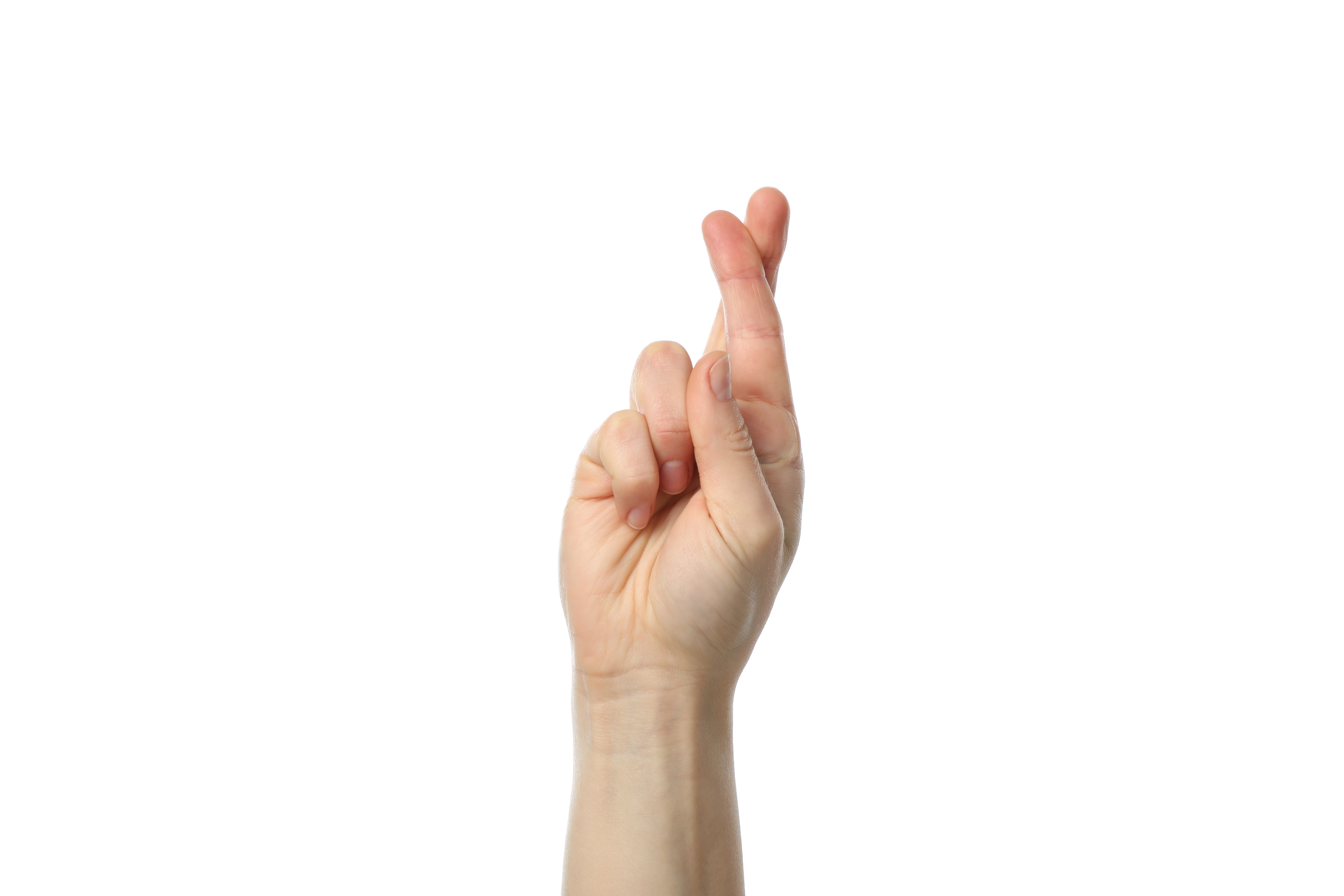14 Everyday Gestures That Mean Something Completely Different Abroad
In a world where handshakes close deals and nods signal understanding, gestures often feel like a universal language. But what if a thumbs-up lands differently in Tehran than in Toronto? Or a simple wave sparks confusion instead of welcome? As we move through an increasingly interconnected world, it’s easy to forget that the body speaks in dialects too. A gesture that seems friendly in one culture might come off as rude, confusing, or even offensive in another. This article unpacks 14 everyday gestures and how their meanings shift across borders—sometimes subtly, sometimes dramatically. Whether you're a globetrotter, a remote worker, or just someone curious about human behavior, understanding these nuances can help you avoid cultural missteps and build more meaningful, respectful interactions. Because in the global conversation, what you do with your hands can speak louder than words.
1. The Thumbs Up: A Global Symbol with Local Variations

The thumbs up is often seen as a straightforward gesture of approval or agreement in many Western cultures. However, this seemingly innocuous gesture can carry a range of meanings worldwide. In parts of the Middle East, for example, it can be perceived as offensive, akin to a rude hand gesture in Western contexts. Meanwhile, in Japan, a thumbs up might be interpreted as the number five. Understanding these cultural nuances is essential for avoiding misunderstandings and ensuring that your message is received as intended, especially in professional or diplomatic settings.
2. The Ok Sign: From Affirmation to Insult

The "OK" sign, formed by connecting the thumb and forefinger into a circle, is another gesture with varied interpretations. While it signifies agreement or that everything is fine in the United States, it can be considered vulgar in countries like Brazil and Turkey. In some European nations, it might be interpreted as a symbol for zero or nothing. Such differences underscore the importance of context when using gestures abroad. Misinterpretations can lead to unintended insults or confusion, highlighting the need for cultural sensitivity and awareness in global interactions.
3. The Peace Sign: Victory or Vulgarity?

The peace sign, formed by raising the index and middle fingers, is widely recognized as a symbol of peace or victory. However, its meaning can change dramatically based on orientation and context. In the UK and Australia, showing the back of the hand while making this gesture is considered offensive, akin to a rude gesture in the US. Conversely, in Asia, the peace sign is often used playfully in photographs. These variations remind us that even widely recognized symbols can carry unintended connotations, emphasizing the need for careful consideration of cultural contexts.
4. The Crossed Fingers: Luck or Lies?

Crossing fingers is commonly associated with wishing for good luck in many Western cultures. Yet, in Vietnam, this gesture is considered offensive as it resembles a part of the female anatomy. In some other cultures, crossed fingers might be associated with dishonesty, as it can imply that the speaker is telling a lie. This duality in interpretation highlights the complex nature of gestures and their cultural significance. Being aware of such differences can prevent miscommunications and help build trust and understanding in cross-cultural interactions.
5. The Head Nod: Agreement or Disagreement?

A nod of the head is typically understood as a sign of agreement or affirmation in many cultures. However, in countries like Bulgaria and Greece, a nod can mean the opposite, indicating disagreement or negation. This reversal can lead to significant misunderstandings in conversations, particularly when verbal language is limited. Recognizing these differences is crucial for effective communication, ensuring that your intended message is accurately conveyed and understood by your international counterparts.
6. The Handshake: Greeting or Grievance?

The handshake is a universal gesture of greeting, yet its execution and interpretation can vary widely. In the United States, a firm handshake is often seen as a sign of confidence, while in some Asian cultures, a softer grip is preferred as a mark of respect. In certain Middle Eastern countries, handshakes between men and women may be discouraged due to cultural or religious norms. Understanding these subtleties is vital for making positive first impressions and avoiding potential cultural faux pas in international settings.
7. The Bow: Respect or Rebuff?

Bowing is a traditional gesture of respect in many Asian cultures, particularly in Japan and Korea. However, the depth and duration of a bow can convey different levels of respect and formality. In contrast, in Western cultures, bowing may be perceived as overly formal or even unnecessary. Misunderstanding the significance of a bow can lead to awkwardness or perceived disrespect. Learning the appropriate bowing etiquette for different cultures can enhance mutual respect and facilitate smoother interactions.
8. The Smile: Universal or Uncertain?

A smile is often considered a universal gesture of friendliness and goodwill. Yet, its interpretation can vary significantly across cultures. In some Eastern European countries, excessive smiling may be viewed as insincere or superficial. Conversely, in many Western cultures, smiling is expected as a sign of politeness and approachability. This variability highlights the importance of context and cultural awareness in non-verbal communication. Recognizing when and how to use a smile appropriately can enhance interpersonal relations and prevent misunderstandings.
9. The Wave: Welcome or Warning?

Waving is a common gesture used to greet or bid farewell. However, the style and context of a wave can alter its meaning. In many Western cultures, a wave with an open hand is a friendly gesture. In Greece, however, an open-palm wave can be considered insulting. Similarly, in some Asian countries, waving with the entire hand can be seen as overly casual or disrespectful. Understanding these cultural distinctions is crucial for ensuring that your gestures are interpreted as intended, fostering positive and respectful interactions.
10. The Beckoning Gesture: Invitation or Insult?

The way we beckon someone to come closer can also vary significantly across cultures. In the United States, curling the index finger is a common way to call someone over, but in the Philippines, this gesture is considered impolite and is typically used only for calling dogs. In Japan, the beckoning gesture is performed with the palm facing downwards, which can be confusing for those unfamiliar with the custom. Recognizing these differences is essential for conveying respect and avoiding unintentional offense in cross-cultural exchanges.
11. The Eye Contact: Confidence or Confrontation?

Eye contact is a powerful form of non-verbal communication, often associated with confidence and honesty in Western cultures. However, in some Asian and Middle Eastern cultures, prolonged eye contact can be perceived as confrontational or disrespectful. Understanding the cultural context of eye contact is crucial for effective communication, as it can influence perceptions of sincerity and trustworthiness. Being mindful of these differences can help navigate social interactions more smoothly and foster mutual respect.
12. The Pat on the Back: Encouragement or Evasion?

A pat on the back is commonly used as a gesture of encouragement or congratulations in many Western cultures. However, in some Asian cultures, physical contact, especially in public, is minimized, and a pat on the back may be seen as intrusive or inappropriate. This difference underscores the importance of understanding cultural norms regarding personal space and physical touch. Being aware of these variations can help avoid discomfort and ensure that your gestures are received positively.
13. The Pointing Finger: Direction or Disrespect?

Pointing with the index finger is a straightforward way to indicate direction or highlight something in many cultures. However, in countries like Malaysia and Indonesia, pointing with the index finger is considered rude, and people often use their thumb or the entire hand instead. Recognizing these cultural sensitivities is important for respectful communication, ensuring that your gestures are seen as polite and considerate rather than disrespectful or aggressive.
14. The Clenched Fist: Solidarity or Aggression?

A clenched fist can symbolize solidarity and unity, as seen in many social and political movements. However, it can also be interpreted as a sign of aggression or anger in different contexts. In some cultures, a raised clenched fist may be associated with defiance or protest. Understanding these varied interpretations is crucial for using this gesture appropriately, ensuring that it conveys the intended message and does not inadvertently provoke hostility or misunderstanding.
Embracing Cultural Nuances in Global Communication

In a world where every handshake, nod, or wave can speak volumes, understanding the language of gestures isn’t just polite—it’s powerful. What seems like a harmless sign at home might spark offense abroad, and a misunderstood cue can turn connection into confusion in seconds. But with a little curiosity and cultural awareness, these potential pitfalls become opportunities. When we pay attention to how our gestures are received around the world, we don’t just communicate better—we show that we care. We signal empathy, adaptability, and a willingness to meet others on their terms. So next time you travel, negotiate, or simply greet someone new, remember: your body language has an accent too. Learn it well, and you’ll speak volumes—without saying a word.








